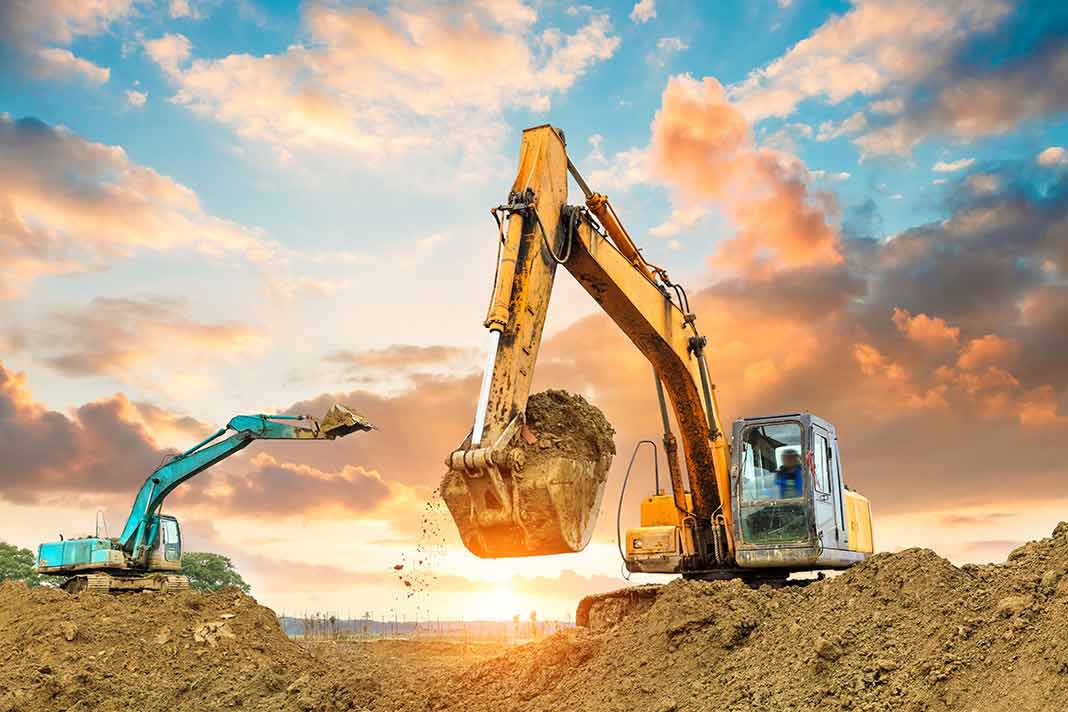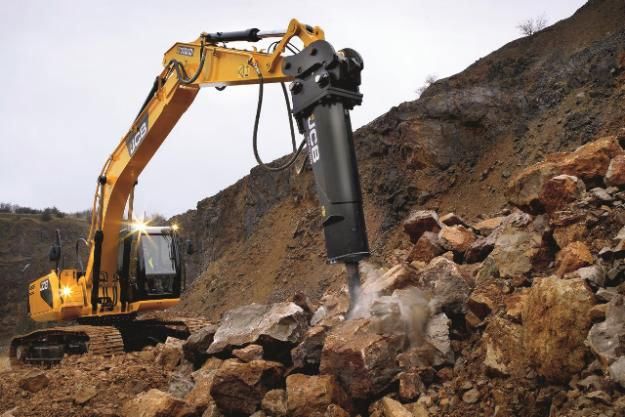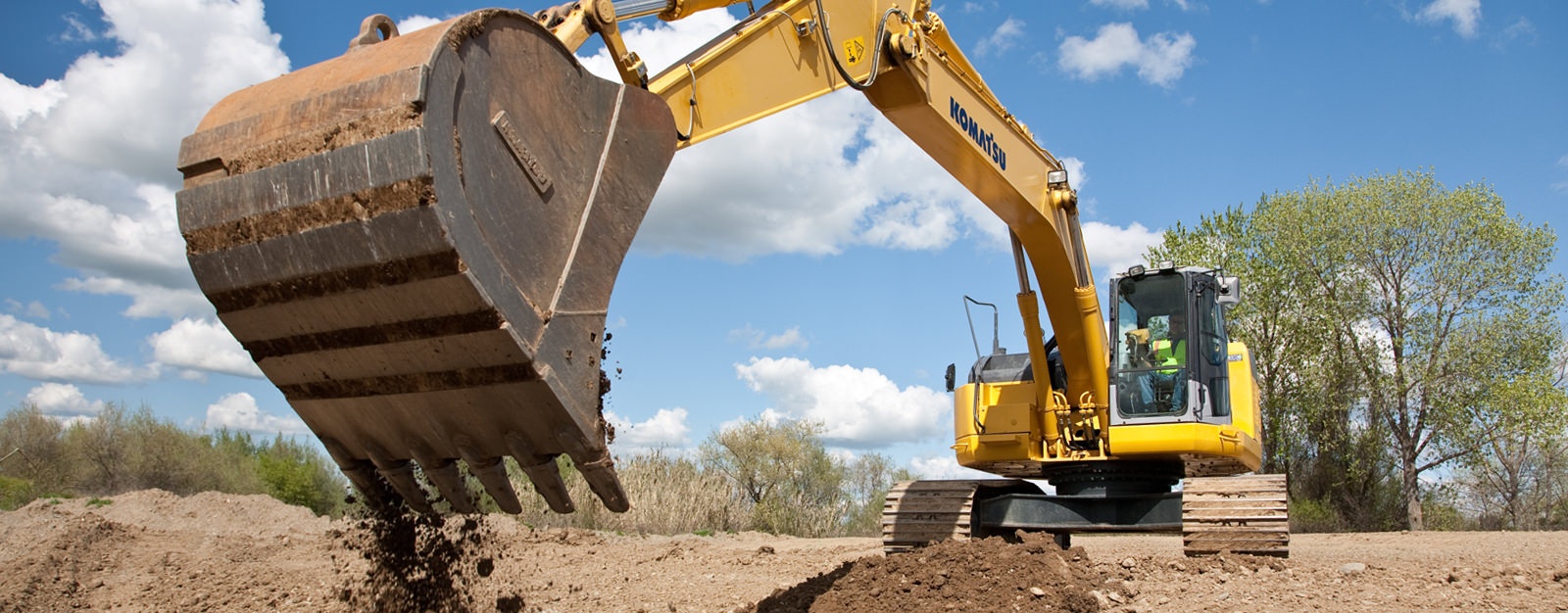Comprehensive Expedition: The Science Behind Superior Excavation Practices
The realm of excavation methods is a domain name where scientific research intertwines with workmanship to uncover the enigmas hidden underneath the earth's surface area. From old hand devices to contemporary hydraulic excavators, the development of excavation techniques has actually been a testament to human ingenuity and technological advancements. Nonetheless, what really establishes superior excavation techniques apart is a deep understanding of geological concepts, combined with the application of cutting-edge tools and techniques. By exploring the scientific research behind these techniques, we can discover the secrets that exist underneath our feet and value the accuracy and knowledge that go right into every dig.
Evolution of Excavation Methods
Throughout background, the evolution of excavation methods has played a crucial duty in progressing building and construction practices and archaeological discoveries. From the basic tools used by our forefathers to the sophisticated equipment utilized in modern-day times, the progression of excavation techniques has actually significantly transformed just how we approach numerous projects.
In old times, hands-on labor with fundamental tools such as shovels, pickaxes, and wheelbarrows was the primary method of excavation. This labor-intensive process limited the depth and range of excavations, often leading to sluggish development and restricted access to specific websites. However, as human beings progressed, so did the strategies and tools utilized for excavation.
The Industrial Revolution marked a transforming point in excavation practices with the introduction of steam-powered machinery. In contemporary times, technology plays a critical role in excavation, with innovations like GPS systems, drones, and 3D scanning improving precision and effectiveness in the area.
Function of Modern Technology in Excavation

The assimilation of advanced modern technology has actually essentially changed the field of excavation, improving accuracy and efficiency to unprecedented levels - lancaster excavation. One of the vital technological innovations that has substantially affected excavation techniques is the utilization of General practitioner systems.
Moreover, the introduction of 3D modeling and simulation software application has streamlined the planning process for excavation projects. Drivers and designers can now picture the whole excavation process prior to beginning, maximizing and identifying possible obstacles workflow. Together with this, the application of drones in excavation tasks has actually promoted aerial surveys, volumetric measurements, and website examinations with unmatched rate and precision.
Geological Concepts in Excavation
An understanding of geological concepts is crucial for ensuring the architectural integrity and security of excavation websites. Geological factors play an important function in identifying the feasibility and safety and security of excavation this website jobs.
Additionally, the geological framework of the area, including faults, fractures, and rock formations, should be very carefully assessed to identify potential threats and obstacles. Digging deep into near geological fault or unstable rock formations can cause instability and prospective dangers. By carrying out extensive geological surveys and evaluation, excavators and designers can establish strategies to reduce dangers and guarantee the effective conclusion of excavation tasks. Eventually, integrating geological concepts right into excavation methods is critical for attaining risk-free, efficient, and lasting outcomes.

Most Current Tools for Excavation
In the realm of excavation practices, contemporary advancements in tools have actually transformed the efficiency and precision of excavation processes. These drones can give thorough airborne studies of excavation sites, providing real-time information on topography and possible hazards.
Another cutting-edge tool getting appeal is the application of 3D printing technology for developing custom-made excavation equipment. This permits for the manufacturing of specialized check my blog tools that are customized to the specific needs of a task, boosting effectiveness and decreasing downtime.
Furthermore, developments in materials scientific research have actually caused the growth of more powerful and extra long lasting excavation devices. lancaster trenching. Tungsten carbide-tipped excavator accessories, as an example, offer premium performance in tough ground conditions, enhancing efficiency on-site
Scientific research's Influence on Excavation Practices

Moreover, developments in materials science have led to the production of more powerful, extra sturdy excavation tools and tools. The use of composite materials in miners and shovels has actually improved their performance and longevity, inevitably raising productivity on excavation sites. Furthermore, scientific study on soil mechanics and geotechnical engineering has offered useful understandings right into dirt actions, permitting excavation experts to make educated choices pertaining to go to these guys excavation approaches and soil stabilization methods. On the whole, science remains to drive development and improvement in excavation methods, making excavation projects a lot more efficient, affordable, and lasting.

Conclusion
Finally, the advancement of excavation strategies has actually been considerably influenced by developments in technology and a deeper understanding of geological principles. The most up to date tools and tools made use of in excavation have enhanced effectiveness and precision in the area. The application of scientific knowledge has significantly boosted excavation practices, resulting in more lasting and efficient methods for digging deep into different kinds of materials.
In the world of excavation practices, contemporary innovations in tools have reinvented the performance and precision of excavation processes. By leveraging scientific concepts, the excavation market has actually been able to substantially enhance efficiency, precision, and safety and security in excavation processes. GPR permits excavation groups to non-invasively scan and map subsurface frameworks, energies, and prospective hazards, enabling them to plan excavation projects with higher accuracy and lowered danger of accidents.
Additionally, clinical research study on soil auto mechanics and geotechnical design has offered valuable insights into dirt habits, permitting excavation specialists to make educated decisions pertaining to excavation methods and soil stablizing techniques. Generally, science proceeds to drive technology and enhancement in excavation methods, making excavation projects extra effective, cost-effective, and lasting.
Comments on “Residential Excavating Ohio - Specialized Excavation for Ohio Residences”